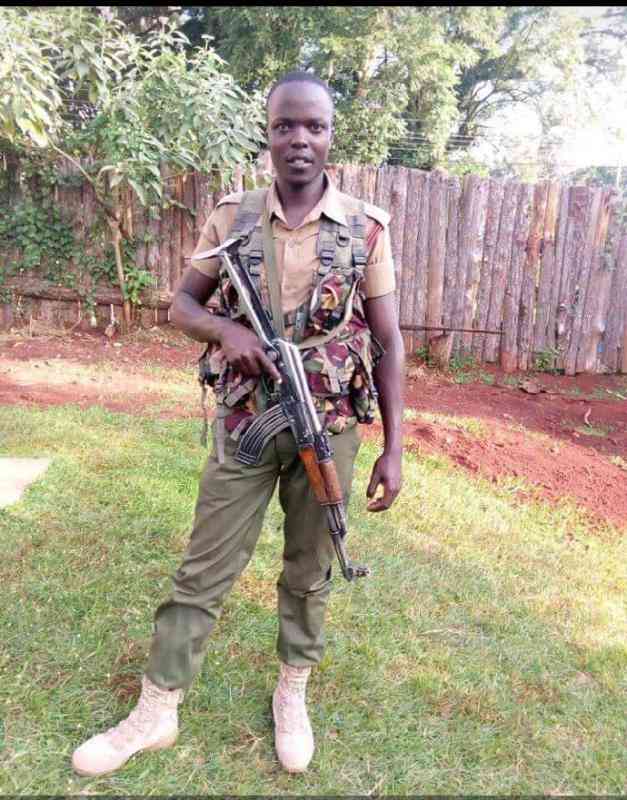VAT compliance a necessity for fair business environment, not a burden
When traders register, file accurate returns and remit taxes, they help build a market where success is driven by merit, innovation, quality and service rather than by evasion or manipulation.
Opinion








